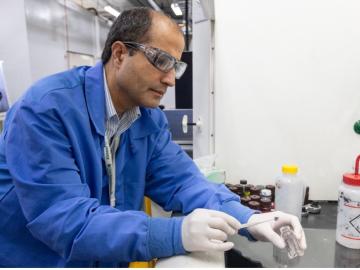
Electric vehicles can drive longer distances if their lithium-ion batteries deliver more energy in a lighter package.

Electric vehicles can drive longer distances if their lithium-ion batteries deliver more energy in a lighter package.

Using light instead of heat, researchers at ORNL have found a new way to release carbon dioxide, or CO2, from a solvent used in direct air capture, or DAC, to trap this greenhouse gas.
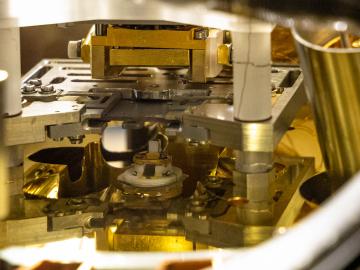
A team of scientists with ORNL has investigated the behavior of hafnium oxide, or hafnia, because of its potential for use in novel semiconductor applications.
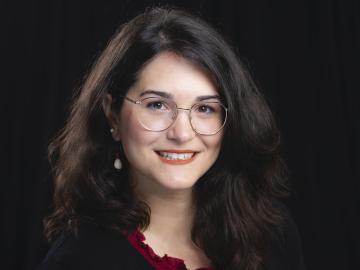
Eva Zarkadoula, an R&D staff member at ORNL's Center for Nanophase Materials Sciences, has been named guest editor in a special issue on "Interface Engineering and Property Functionalization" for JOM.
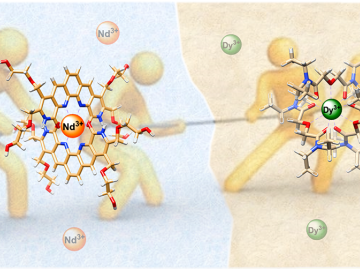
ORNL scientists combined two ligands, or metal-binding molecules, to target light and heavy lanthanides simultaneously for exceptionally efficient separation.
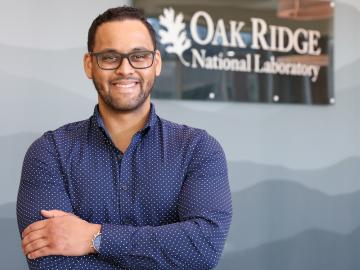
When Addis Fuhr was growing up in Bakersfield, California, he enjoyed visiting the mall to gaze at crystals and rocks in the gem store.
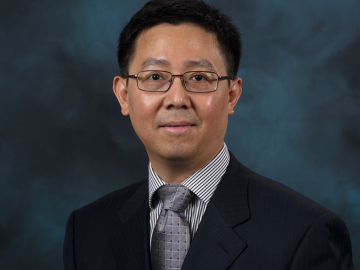
Jingsong Huang, a staff scientist at ORNL’s Center for Nanophase Materials Sciences, has been selected as an associate editor of Frontiers in Soft Matter.
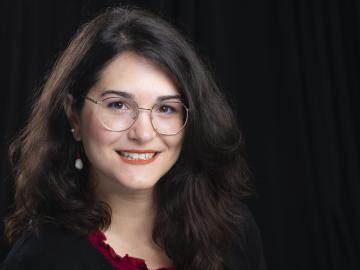
Eva Zarkadoula, an R&D staff member at ORNL’s Center for Nanophase Materials Sciences, has been appointed to the early career editorial board of Nuclear Materials and Energy.

The presence of minerals called ash in plants makes little difference to the fitness of new naturally derived compound materials designed for additive manufacturing, an Oak Ridge National Laboratory-led team found.
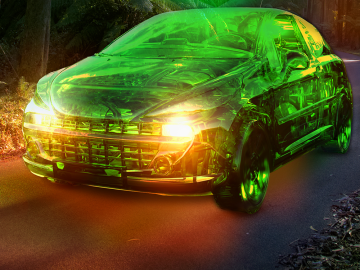
Oak Ridge National Laboratory scientists designed a recyclable polymer for carbon-fiber composites to enable circular manufacturing of parts that boost energy efficiency in automotive, wind power and aerospace applications.

